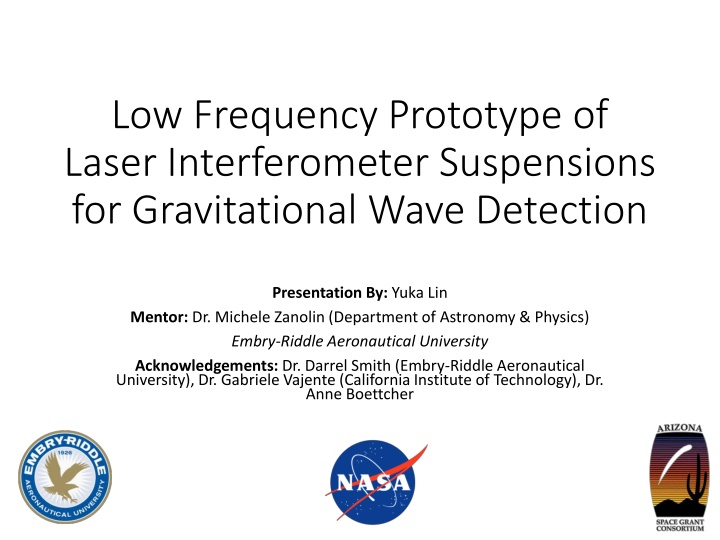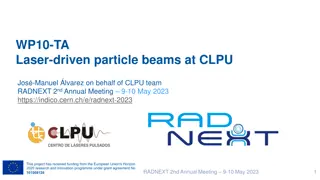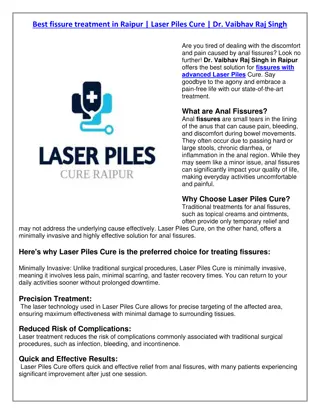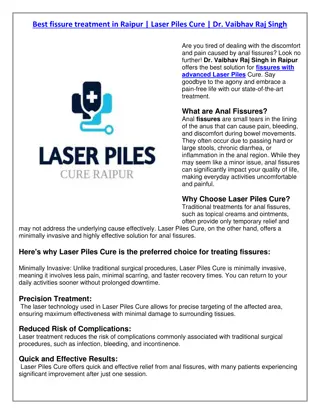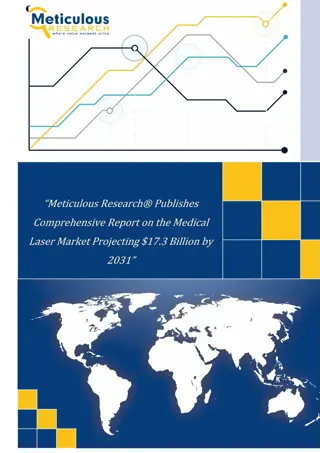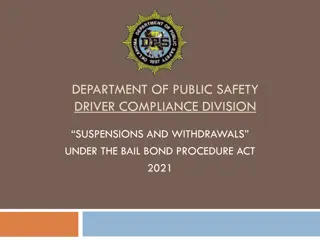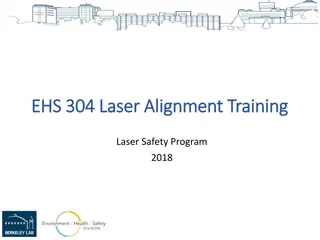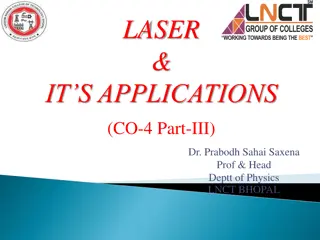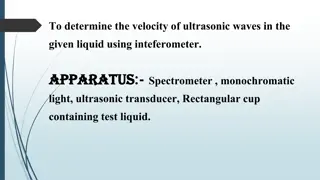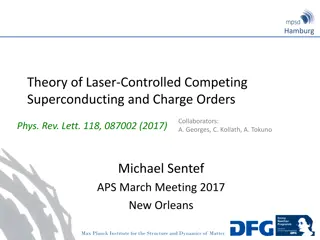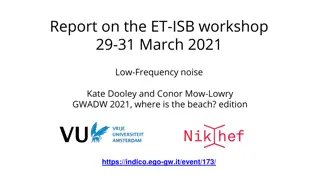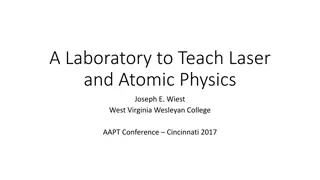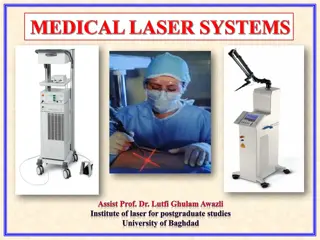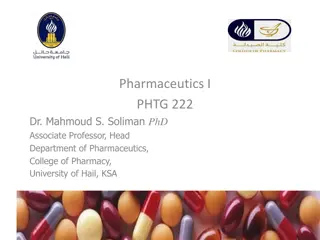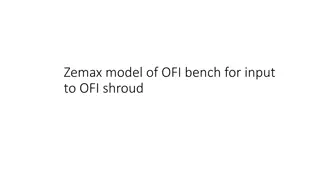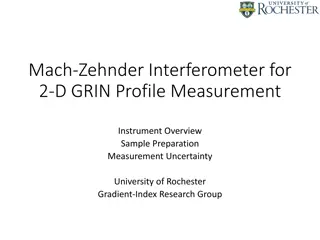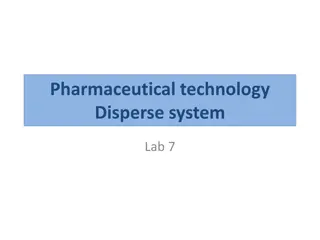Low-Frequency Prototype of Laser Interferometer Suspensions
This presentation explores the development of a low-frequency prototype for laser interferometer suspensions aimed at detecting gravitational waves below 10 Hz. The project focuses on overcoming challenges such as external noise interference and discusses noise reduction techniques using machine-learning algorithms. Detector sensitivity, experimental setups, and noise subtraction methods are also examined in the context of gravitational wave detection in the low-frequency regime.
Uploaded on Mar 03, 2025 | 0 Views
Download Presentation

Please find below an Image/Link to download the presentation.
The content on the website is provided AS IS for your information and personal use only. It may not be sold, licensed, or shared on other websites without obtaining consent from the author.If you encounter any issues during the download, it is possible that the publisher has removed the file from their server.
You are allowed to download the files provided on this website for personal or commercial use, subject to the condition that they are used lawfully. All files are the property of their respective owners.
The content on the website is provided AS IS for your information and personal use only. It may not be sold, licensed, or shared on other websites without obtaining consent from the author.
E N D
Presentation Transcript
Low Frequency Prototype of Laser Interferometer Suspensions for Gravitational Wave Detection Presentation By: Yuka Lin Mentor: Dr. Michele Zanolin (Department of Astronomy & Physics) Embry-Riddle Aeronautical University Acknowledgements: Dr. Darrel Smith (Embry-Riddle Aeronautical University), Dr. Gabriele Vajente (California Institute of Technology), Dr. Anne Boettcher
LIGO = Laser Interferometer Gravitational-Wave Observatory https://www.researchgate.net/figure/Left-panel-LIGO-Hanford-site-USA-The-two-arms-of-the- interferometer-are-about_fig3_331246187 https://arxiv.org/abs/1710.09973
Experimental Model Set-Up Torsion Pendulum Lower Optics Bench Upper Optics Bench
The overall goal of this project: The overall goal of this project: detecting gravitational waves (GW s) in the low frequency regime (below 10 Hz) https://en.wikipedia.org/wiki/Type_II_supernova Essentially, this regime is where the supernovae core-collapse and pre-merger binary star mergers are relevant.
Detector Sensitivity The graph shows the level of strain noise that LIGO detectors can detect. The lower the lines, the more sensitive the detectors are. https://arxiv.org/abs/1604.00439
The Main Problem It is extremely difficult to detect GW s in the low frequency regime since they would be obscured by external noise (i.e. ground vibration) that will interfere with the suspended test masses However, there are methods to possibly reduce the noise
Noise Subtraction Algorithms from machine-learning techniques were created to reduce the non-stationary noise couplings from the detector output. https://arxiv.org/abs/1911.09083
Noise Subtraction ? ? = ?[? ? ] + ?? [??? ?(?)] ?=1 Parameters: (?)= output strain of GW detectors ?(?)and ??(?) = filters (witness channels) ?? = non-stationary noise coupling ? = stationary noise coupling
Example Output for 60 Hz Powerline: The full code for the algorithm: https://git.ligo.org/gabriele-vajente/nonsens
References Martynov, D. V. et al. Sensitivity of the Advanced LIGO Detectors at the Beginning of Gravitational Wave Astronomy. Physical Review D 93.11 (2016): n. pag. Crossref. Web. Type ii supernova. (2021, March 28). Retrieved April 02, 2021, from https://en.wikipedia.org/wiki/Type_II_supernova Vajente, G., Huang, Y., Isi, M., Driggers, J., Kissel, J., Szczepanczyk, M., & Vitale, S. (2020, January 28). Machine-learning non-stationary noise out of gravitational wave detectors. Retrieved April 02, 2021, from https://arxiv.org/abs/1911.09083 Viets, A., Wade, M., Urban, A., Kandhasamy, S., Betzwieser, J., Brown, D., . . . Weinstein, A. (2018, March 13). Reconstructing the calibrated strain signal in the advanced ligo detectors. Retrieved April 02, 2021, from https://arxiv.org/abs/1710.09973
Questions? Contact: liny10@my.erau.edu
